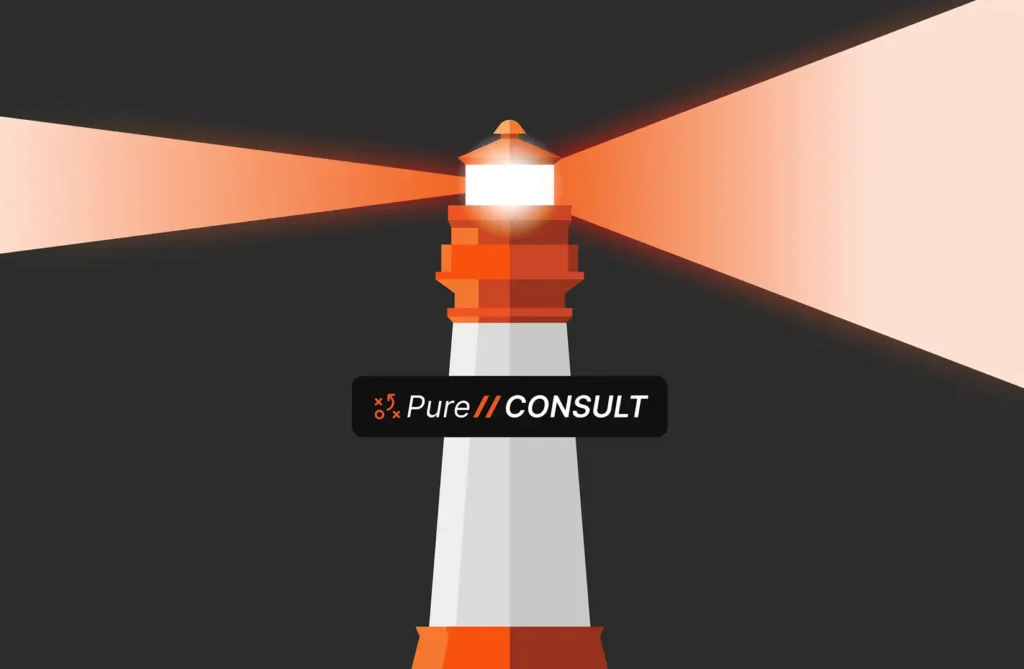Summary
Mounting cybersecurity threats are putting IT teams under increased pressure. Taking a holistic approach to cyber resilience can help your organization be ready and keep running smoothly in the event of an attack.
Cybersecurity challenges are bigger than ever, and IT professionals are under pressure to ensure their organizations can handle and recover from an increasing number of threats. Let’s break down what should be on every organization’s cyber resilience wish list and explore practical ways to achieve these goals.
Adopting a Security-first Culture
What’s the leading cause of security breaches? Human error. That’s why cybersecurity isn’t just an IT issue—it’s everyone’s responsibility.
Risks are growing with advancing technologies, global tensions, supply chain vulnerabilities, and workforce shortages. Building a security-first culture across all levels of your organization is your best defense.
Steps to build a security-first culture:
- Make “when, not if” thinking part of your organization’s mindset
- Train and test employees regularly using simulated threats
- Address third-party risks with GenAI, like data privacy issues
- Create and rigorously test incident response playbooks
- Use dashboards to track and reward secure behaviors
- Regularly update policies to keep up with new threats
Gaining Full Visibility into Data and Logs
Hackers are moving faster than ever—the average breakout time is just 48 minutes. Breakout time is how fast a hacker moves from their initial entry point to spreading deeper into the network. The shortest known breakout time is 27 minutes.
With real-time visibility into their data estate and log analytics, security teams can detect threats early and respond before attackers gain a foothold.
Steps to improve data visibility:
- Centralize logs to collect, analyze, and monitor security events in one place
- Use AI analytics to quickly spot anomalies and threats
- Enable real-time alerts for instant threat detection
- Apply zero trust to verify every access request
- Audit and refine logs to capture critical data without overwhelming security teams
Embedding Resilience into Capabilities
Building resilience is about more than technology; it’s about people too. Ignoring the human side is like building a high-tech fortress and leaving the front door open.
With 63% of cybersecurity professionals feeling burned out, supporting your team is essential in maintaining work quality and engagement.
Ways to increase technological resilience:
- Strengthen defenses with backups and incident response strategies
- Build adaptable systems to handle new and evolving threats
- Streamline tools to eliminate redundancies and reduce complexity
- Use AI to detect and respond to anomalies early
Ways to boost human resilience:
- Identify and address burnout by checking in with your teams regularly
- Automate repetitive tasks to free up time for critical priorities
- Conduct frequent training and phishing simulations
- Run company-wide response drills to improve readiness
- Offer wellness resources like mental health support and flexible schedules
Enhancing Collaboration across Teams
Collaboration between IT and business leaders is key to aligning cybersecurity with business goals.
Maintaining open communication ensures the right people and systems have the right access, reduces risks, and empowers teams to make informed decisions.
Tips for collaboration:
- Host workshops to align cybersecurity and business priorities
- Use tools that streamline identity and access management (IAM)
- Work with external partners to assess and manage third-party risks
Optimizing Technology Investments
IT leaders — especially infrastructure architects and security officers—are aiming to strike a balance between adopting different platforms and cybersecurity mesh architectures (CSMAs). CSMAs help tools work together seamlessly, strengthening protection while simplifying operations.
The approach enables you to pick the best tools and vendors as you simplify systems and reduce overhead. Streamlining technology like this is key to maintaining an effective and efficient cybersecurity program.
Steps to optimize technology:
- Take inventory of tools and eliminate overlapping functionality
- Invest in platforms that are interoperable and scalable
- Automate tasks like patch management and threat detection
- Shift to a zero trust model where every user and device is verified
- Train IT and security teams to fully utilize existing tools
Managing Machine Identities
With automation and AI on the rise, the number of machine identities in organizations is skyrocketing, which increases potential entry points for attackers.
Managing these identities is essential to prevent unauthorized access and attacks, meet compliance standards (e.g., GDPR, HIPAA), and maintain business continuity.
Strategic actions to consider:
- Catalog all machine identities and track certificates and keys
- Use automated tools for issuing, renewing, and revoking credentials
- Regularly rotate keys and update cryptographic protocols
- Centralize machine identity management for better visibility and control
Addressing Third-party Risks
More organizations are relying on third-party vendors, which increases cybersecurity risks. That’s why the clearer you are about their security practices, the better you can protect your organization.
Ideally, IT leaders and information security teams should work closely with business leaders to co-manage these risks. This includes implementing clear policies for evaluating, pausing, and ending vendor relationships.
Tips for managing vendor risks:
- Perform security reviews before onboarding vendors
- Add security requirements and exit clauses to vendor contracts
- Limit vendor access to only what they need for their tasks
- Schedule regular evaluations to ensure vendors meet your standards
A Tall Order for 2025—and Pure Storage Can Help
Tackling growing security challenges requires a holistic approach to cyber resilience. By strengthening technology, fostering collaboration, and supporting your teams, you’ll be ready to face inevitable cyber incidents while keeping your organization running smoothly.
These are a few ways Pure Storage helps you maintain business continuity:
- Robust data protection with immutable snapshots that cannot be altered or deleted by anyone, including administrators
- Seamless AI integration with data protection solutions allows for efficient backup and recovery processes to enhance proactive threat detection
- Clean backup device kicks in automatically so there is no data loss and no downtime (zero RPO and RTO) in the event of a failure
- Simplified identity management to streamline operations
Get details in our webinar: “The Wide World of Cyber Resilience: A CISO’s Insights & 2025 Advances.”

Cyber Resilience, Pure and Simple
Fortify your data and guarantee uninterrupted business operations.
The Latest in Cyber Resilience
Discover actionable insights and practical defense strategies.







